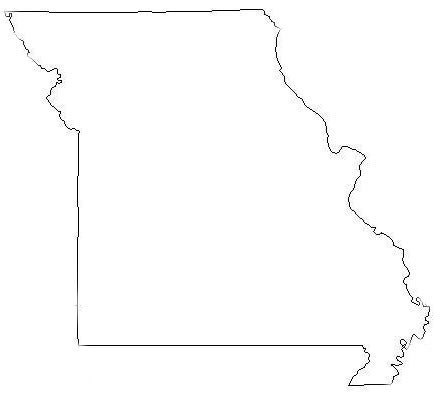If experiencing a service interruption, members should:
-
Check fuses and breakers. If the problem is not found, call the office. Calls are answered twenty-four hours a day.
-
Report any suspicious or dangerous conditions such as a tree in the line or a flash, arc or smoke from a transformer.
During a service interruption, many people may be calling at the same time. Your patience is appreciated when the office is handling a high volume of calls.
Getting back on line.
When a devastating event, like a tornado, ice or snow storm causes major damage to a cooperative’s system, outages cannot be helped. Crews work long, hard hours restoring service, but it’s a task that needs to be done methodically to be done safely. Every electric cooperative follows a basic principle when it comes to restoring power: priority goes to the lines that will get the most people back in service the quickest. This usually begins with main lines from the substations that can affect 200-600 members, and continues out to tap lines, which may affect 30-200 members and then to individual service lines affecting just 1-5 members.
Here’s a simplified look at how your cooperative typically goes about the task of restoring electric service.
The substation is energized but a main distribution line is damaged near the substation, leaving most members without power.
All repairs start with the main line. A large number of members (shown with orange arrows) will have power returned once the main line is fixed. All other repairs would be pointless until this line is restored as it feeds all the other lines.
With the main line restored (shown in red) the line crew can isolate other damage and prioritize repairs. Though a couple of repairs were closer, fixing the line that serves this subdivision down the road will get a larger number of consumers on more quickly.
Moving back down the road to fix this tap line will restore electricity to the three homes marked with arrows.
A smaller tap line serving a number of homes and the farm on the hill is next on the list for the line crew. The move probably doesn’t make the folks in the blue house too happy. They’ve seen the crew driving by their home and working right across the road. They see lights in homes of all their neighbors but they don’t have power.
That’s because even though electricity is coming to their pole (that happened with the first repair in Step 1) the service line from their pole to their meter is damaged. Individual repairs come after all distribution and tap lines are restored.
Only after the tap lines are repaired does the crew start work on individual service lines. The crew has been past the blue home three times and could have stopped to restore power anytime after the first main line was repaired and electricity was flowing to the pole nearby. But it’s not fair to other members for a crew to spend hours fixing one outage, when the crew can move down the road and restore power to dozens of homes in the same amount of time.

